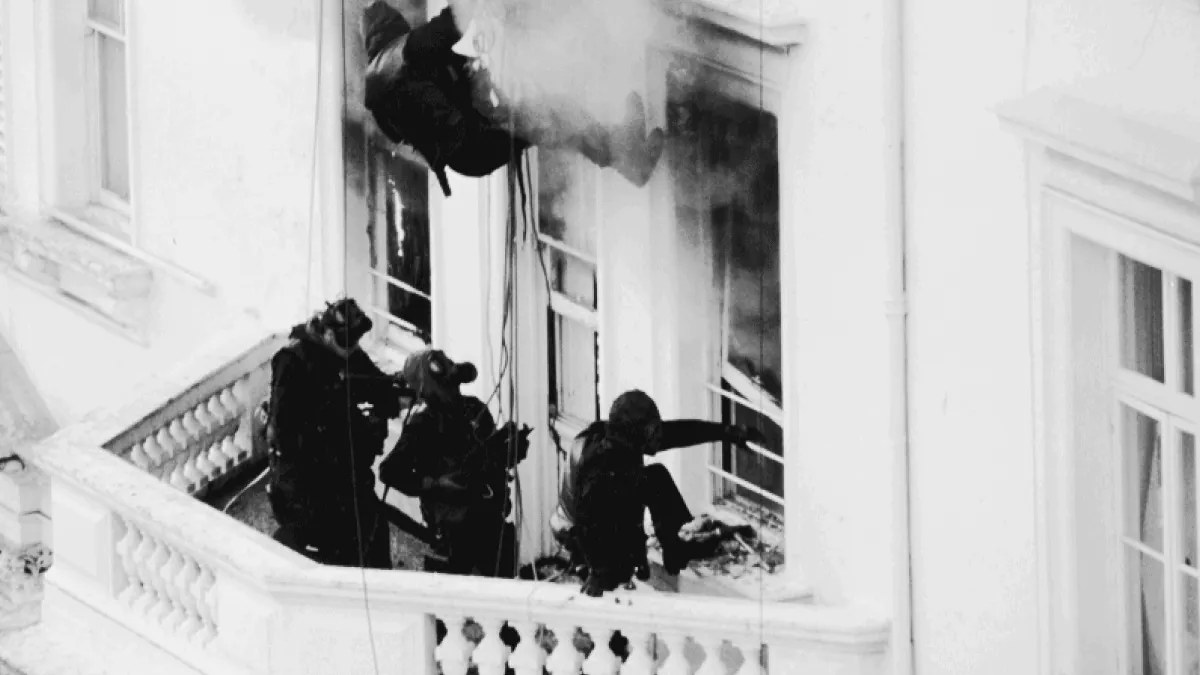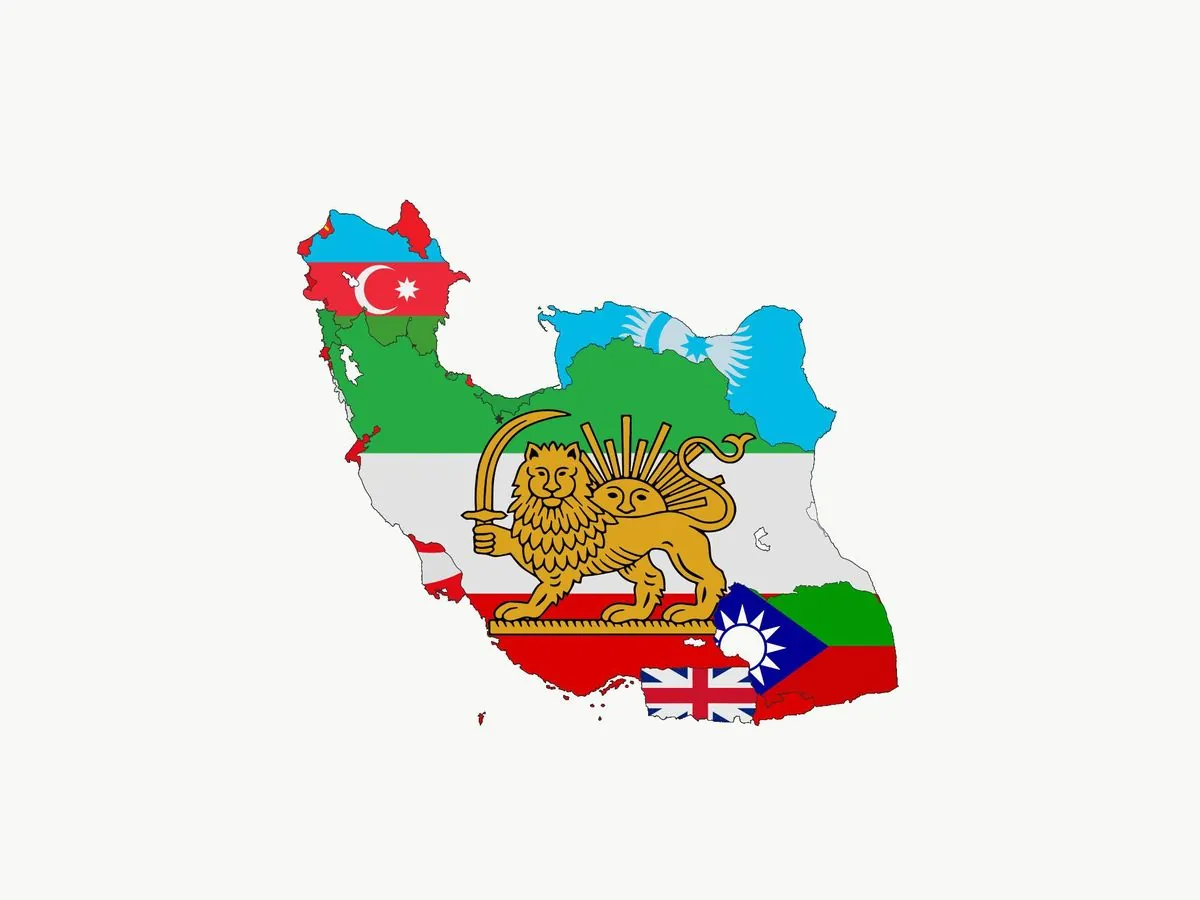London's 1980 Iranian Embassy Siege: A Turning Point in Crisis Coverage
In 1980, the Iranian Embassy siege in London captivated global attention. Ben Macintyre's book "The Siege" offers a detailed account of the six-day crisis and its dramatic SAS resolution, revealing new insights into this pivotal event.

In April 1980, a group of six Iranian Arab gunmen seized control of the Iranian Embassy in London, initiating a six-day crisis that would captivate global attention. This event, occurring 44 years ago, marked a significant moment in British history and international media coverage.
The siege unfolded against the backdrop of complex geopolitical tensions. Just a year earlier, the Iranian Revolution had led to the establishment of an Islamic republic under Ayatollah Ruhollah Khomeini. The gunmen, hailing from the oil-rich Khuzestan province, demanded self-determination for non-Persian nationalities and the release of political prisoners.

Behind the scenes, Saddam Hussein's Iraq was training Arab dissidents to destabilize Khomeini's regime. Ben Macintyre's book "The Siege" reveals that Palestinian terrorist Abu Nidal was the mastermind behind the embassy attack, a fact previously only rumored.
The crisis presented an early test for Prime Minister Margaret Thatcher's government. Her response would cement her "Iron Lady" reputation and showcase Britain's Special Air Service (SAS) to the world. The SAS, formed during World War II in 1941, had largely operated in secrecy until this moment.
As tensions escalated, the BBC interrupted a popular snooker match to broadcast live coverage of the siege. This decision marked a turning point in the relationship between breaking news and public viewership, setting a precedent for future crisis coverage.
On the final day of the siege, after the gunmen had killed a hostage, the SAS launched Operation Nimrod. The 11-minute rescue mission, broadcast live, resulted in the death of five terrorists and the capture of one, with 24 hostages freed.
Macintyre's book provides a detailed account of the events, drawing on previously unavailable sources. He offers insights into the psychological dynamics at play, including instances of both Stockholm syndrome and Lima syndrome among captors and hostages.
"The scent of Old Spice takes me right back to the scene. It contains the faint but ineradicable trace of an event whose significance persists for both me and the world, even as its particulars have faded."
The Iranian Embassy siege occurred during a period of heightened international tension. Concurrently, 52 American hostages were being held at the U.S. Embassy in Tehran, a crisis that would last 444 days. The London siege, while shorter, had far-reaching implications for media coverage, counterterrorism tactics, and public perception of special forces operations.
"The Siege" not only reconstructs the events of those six days but also provides context for the broader geopolitical landscape. It explores the complexities of the Iran-Iraq conflict, which would erupt into full-scale war just months after the embassy crisis.
Macintyre's work stands as a testament to the enduring impact of the Iranian Embassy siege, an event that continues to resonate in discussions of crisis management, media ethics, and international relations more than four decades later.


































